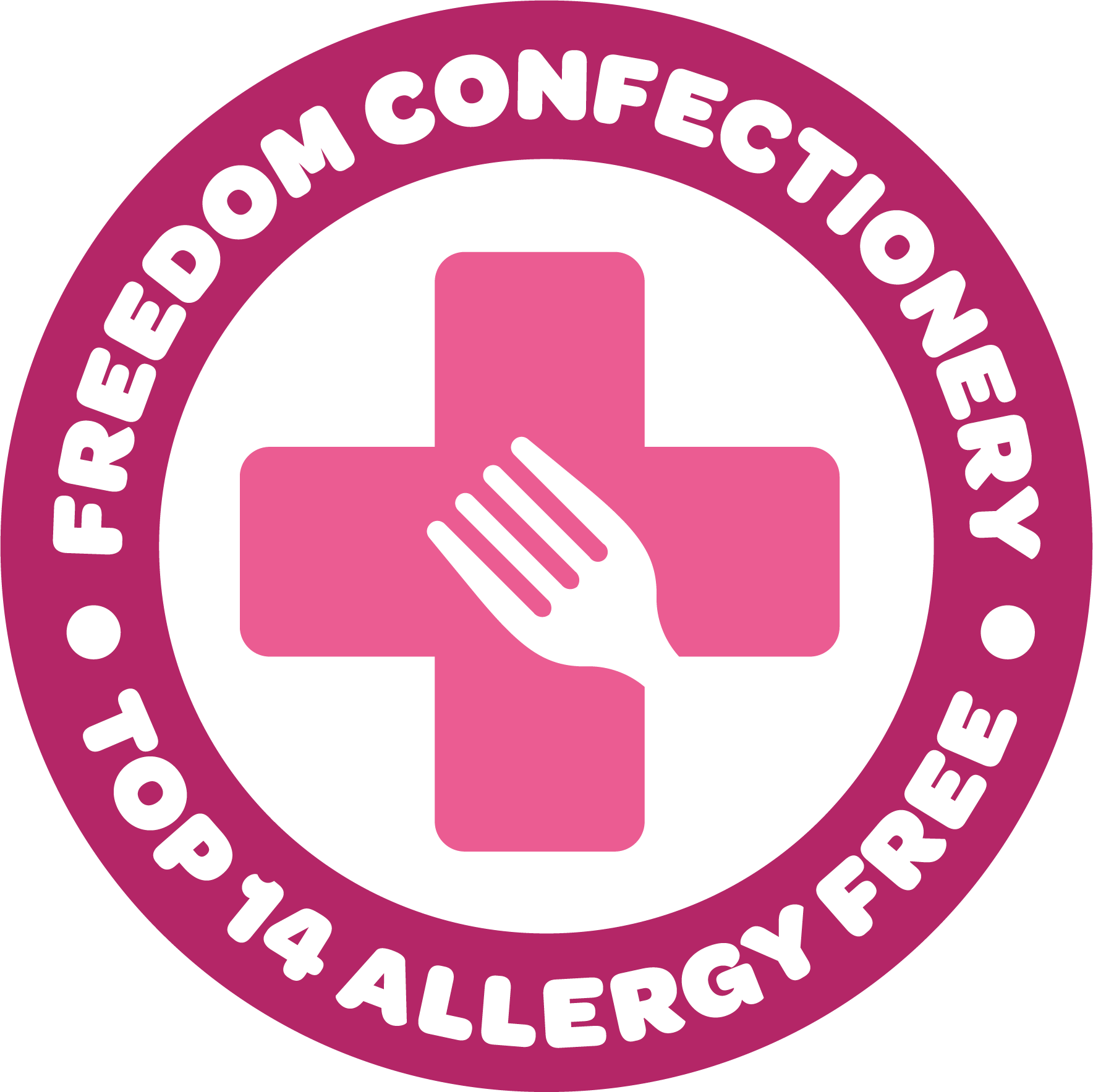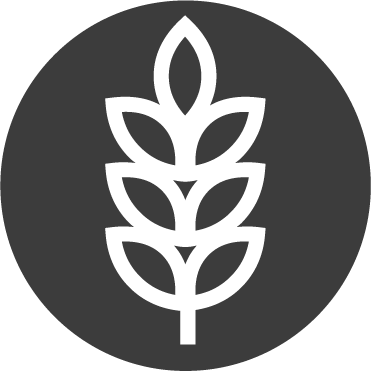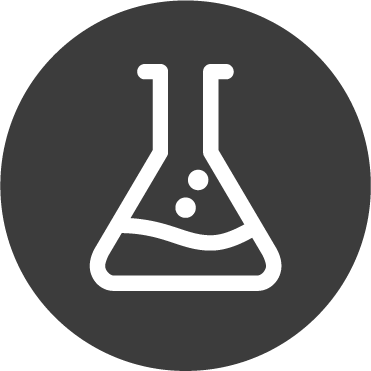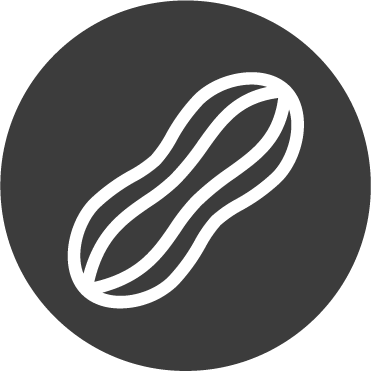ALLERGENS
Everyone should be able to enjoy lovely mallow safely. Freedom Mallows are specially made to be suitable for diets free from dairy, egg, gluten, nut, wheat, soy, fat and more.

Everyone should be able to enjoy lovely mallow safely. Freedom Mallows are specially made to be suitable for diets free from dairy, egg, gluten, nut, wheat, soy, fat and more.



• Cows milk is made up of 3 proteins, whey, albumin and casein. These three proteins are recognized as dangerous and the body reacts in a defensive manner if a person has a dairy allergy. Depending on how severe a persons allergy is, there are different ranges of how dangerous consuming dairy can be. This can be from serious digestive/dermatological manifestations like diarrhea, rashes and eczema to life threatening anaphylaxis or inflammation. Most people tend to treat this by eliminating cows milk and anything that may contain cows milk, i.e. dairy products out of their diet.
• Eggs allergies are very similar to dairy. The body reacts from a few minutes to a few hours after consumption. Foods containing eggs may cause the body to react and may cause redness of the skin, rashes, nasal congestion, nausea, vomiting and digestive issues. It is very rare to suffer an anaphylactic shock due to an egg allergy. Like a soy allergy, most children will grow out of their egg allergy though some do carry it to adulthood.

• Gluten free- A gluten-free diet is a diet that strongly eliminates gluten. Gluten is a mixture of proteins found in wheat and other grains, including barley, rye, oat and other varieties. Gluten may cause many health problems such as coeliac disease, gluten ataxia and wheat allergies. People suffering from any of these gluten related problems normally restrict any kind of gluten from their diets and in most cases acts as an effective treatment. Although many people try to cut out gluten from their diets, there are a few who still suffer due to lack of knowledge of what a gluten-free diet is and what foods they can and cant have.
• A gluten-free diet should be mainly based on naturally gluten-free foods containing the right essential nutrients such as meat, fish, eggs, milk and dairy products, nuts, fruits, vegetables, potatoes and rice.
• Freedom mallows are suitable for those who follow a gluten-free diet. Being gluten-free, fat free, dairy and egg free, soy free, nut free, and GMO free ensures those with any type of gluten related problem can still enjoy our melt in the mouth mallows!

• Freedom Mallows are proudly GMO Free. Genetically Modified Organisms (GMOS) are products/ingredients that have been artificially modified in a laboratory through genetic engineering. As stated by the GMO Project this process creates “combinations of plant, animal, bacteria, and virus genes that do not occur in nature or through traditional crossbreeding methods.”
• You may wonder why would a company use GMO’s then? GMO’s were seen as a potential solution to ensuring crops don’t fail by creating plants with greater resistance, ultimately leading to a greater/stable crop yield, meaning less profit loss. They are also seen as a potential way of enhancing the nutritional content of a product. However, the GMO project states: “Despite biotech industry promises, there is no evidence that any of the GMOs currently on the market offer increased yield, drought tolerance, enhanced nutrition, or any other consumer benefit.”
• The safety and effect of GMO’s on the natural human body is unknown! GMO’s are humans taking things into their own hands and many people are deciding they do not want to be a guinea pig for GMO products.
• Some countries have made it compulsory to label when foods are GMOs.

• Allergies are caused when the body mistakes the proteins in certain foods as danger. The body then works overtime and releases chemicals which normally are to fight infections and this is what causes the symptoms of an allergic reaction or an anaphylactic shock.
• Peanuts are not in the nut family but are instead a legume. This is in the same family as lentils and peas but possess the same proteins as tree nut, pistachios, cashews and Brazil nuts. Symptoms of a nut allergies are coughing, wheezing, throat tightness, trouble breathing, itchy or watery eyes/throat and swelling. Some nut allergies like all allergies can be fatal, someone with a severe nut allergy may be set off by even the smallest amount of peanut or nut protein.
• An effective treatment for this is for sufferers to always carry around an epinephrine pen. This is an easy to use pen containing a medicine that will counteract the chemical causing the allergic reaction and in most cases stop it. Avoiding all foods that may contain nuts or peanuts or made in an environment that may contain nuts is essential. Although some food packaging does not state this, it is important for people with a peanut or nut allergy to be extremely vigilant when consuming commercial foods.

• Soy is a product of soybeans. Along with peanuts, soy is a legume mostly found in East Asia. It is a significant protein source and is used in many packaged foods. Most soy allergies are detected in infancy as many baby milk formulas contain it. Though in most cases, babies and children will grow out of their allergy to soy and very few carry it into childhood.
• Like in most allergies, there can be serious circumstances where a person may go into anaphylactic shock though a soy allergy for most people is not serious. The symptoms of this are quite uncomfortable for sufferers such as abdominal pain, tingling in the mouth, face and tongue swelling., difficulty breathing and itchy skin. An effective treatment for this is to try to eliminate foods containing soy. This can be difficult as most foods do contain soy such as baked goods, chocolate, cereals and meat.

Phenylketonuria (PKU) is a rare condition that affects 1 in 10,000 babies born in the UK. It’s caused by a defect in the gene that helps create the enzyme needed to break down phenylalanine (protein) and those with the condition need to follow a strict low-protein diet for life.
For those living with PKU, eating even just a small amount of extra protein can have serious health implications, so knowing how much protein is in the food they are buying, and eating, is paramount.
Prof. Anita MacDonald “Freedom Confectionery is helping to bring some normality to the lives of PKU sufferers, who can’t eat what their friends eat. Their faces light up when they are given a bag of marshmallows and for the children it’s a sweet treat they can enjoy and know is safe for them to eat. Inclusion is a big thing for children with PKU and the bright, colourful packaging produced by Freedom Confectionery helps make them feel included.”